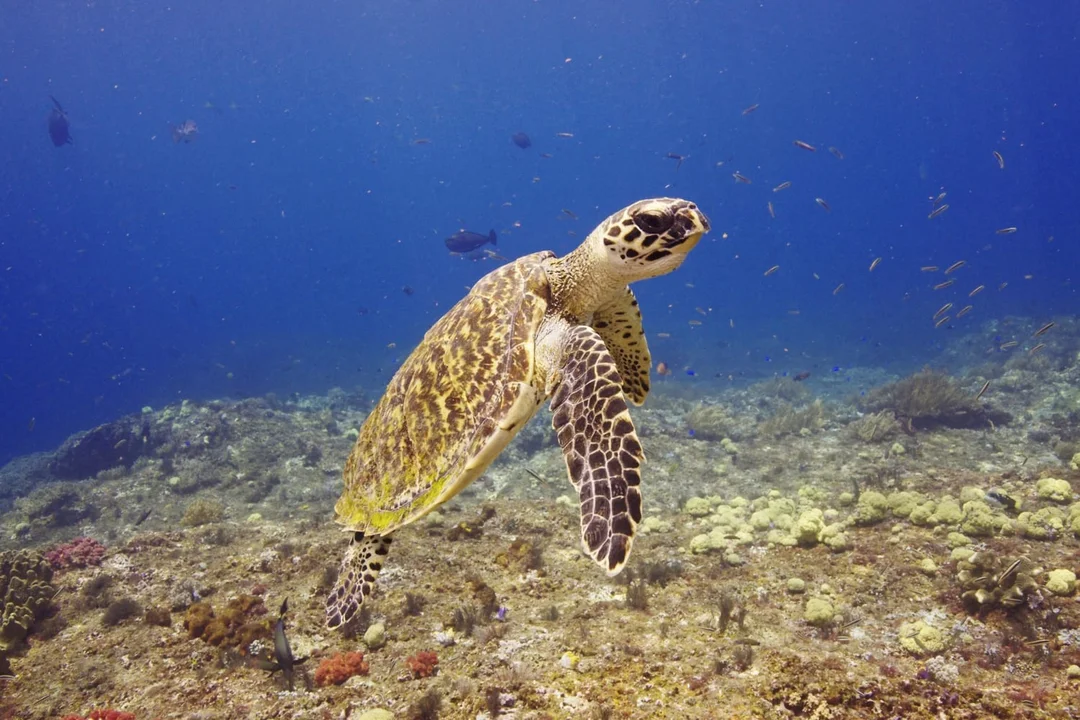
Endangered Sea Turtle Populations Show Signs Of Recovery Globally
In a promising development for marine biodiversity, recent research highlights a significant recovery in the populations of endangered sea turtles across various regions of the world. This news is not only a testament to conservation efforts but also underscores the critical need for ongoing environmental protection strategies.
The International Union for Conservation of Nature (IUCN) identifies all seven regions where leatherback turtles inhabit as facing high environmental risks. Leatherbacks, known for their astonishing marine migrations—which can reach up to 3,700 miles (5,955 kilometers) each way—are categorized as vulnerable to extinction. "These migrations expose them to unique risks such as bycatch and habitat degradation," comments Bryan Wallace, a wildlife ecologist at Ecolibrium in Colorado and a co-author of the study.
On a brighter note, green turtles, although still classified as endangered on a global scale, have begun showing signs of recovery in specific areas. Scientists note, "By ending commercial harvests and allowing them time to rebound, their populations are now doing really well" in coastal waters off regions of Mexico and the U.S., as stated by co-author Michelle María Early Capistrán from Stanford University. This indicates that targeted conservation efforts can yield positive results.
These findings come at a crucial time, as the global landscape for marine wildlife continues to shift. The combined efforts of conservation groups, local communities, and governments play a pivotal role in the gradual resurgence of these turtle populations. The ongoing commitment to halt commercial harvesting demonstrates how collaborative efforts can pave the way for a healthier marine ecosystem.
As we celebrate these successes, it’s also vital to recognize that the challenges remain substantial. Keeping sea turtle populations thriving requires sustained conservation efforts to mitigate threats such as habitat loss, climate change, and pollution. One sole success story cannot assure the long-term continuation of these magnificent creatures; rather, it calls us to action.
In conclusion, while the positive signs in sea turtle population recovery are promising, they serve as a reminder of the resilience of nature when humans take decisive, conscientious action. What do you think is the most critical action we can take to support wildlife conservation? Join the conversation in the comments below and share your thoughts!